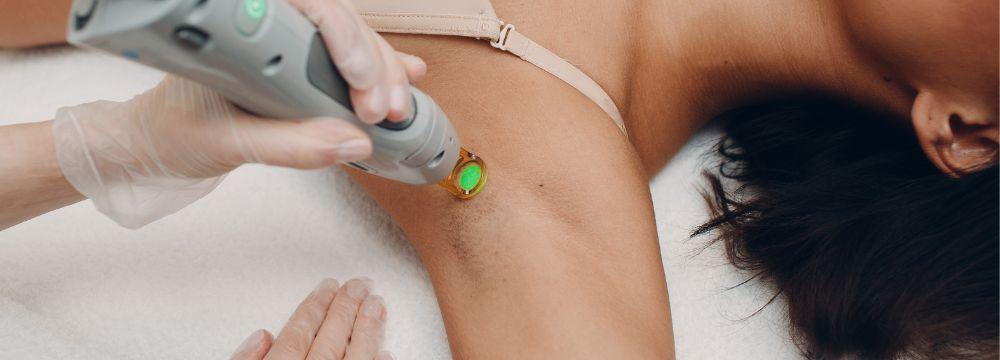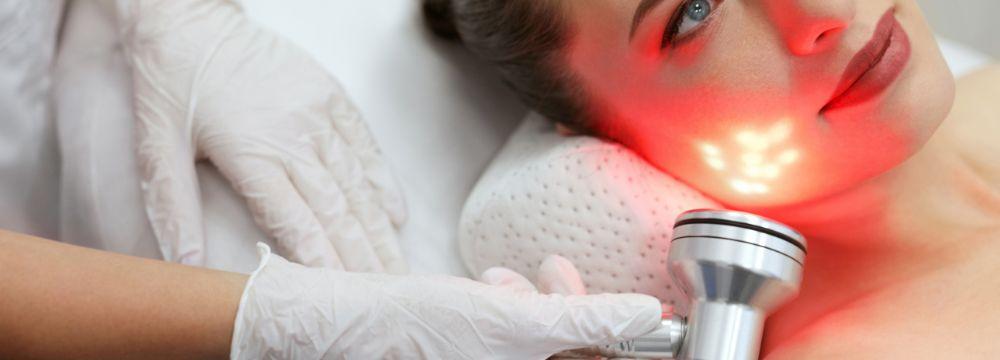Spring Break Prep: What You Need To Know
Spring Break is just around the corner. The kids have been stirring in their desks since the holidays, while our legs haven’t seen the light of day since last fall. We’re ready for the warmth of the sun and beach, but we mustn’t forget the risks that come with too much sun exposure and the importance of wearing sunscreen. Be conscious this Spring Break and protect your skin by following these guidelines:
The First Tan of the Year
No one wants to be the same color as the sand when they step onto the beach. The first time you attempt to get some color in the year is the most crucial since your skin is at its’ most vulnerable point. Regularly apply a high SPF sunscreen, and don’t be afraid to take a break in the shade when you start to notice your skin turning pink. Many consider getting a base tan before leaving for vacation; however, this doesn’t necessarily mean your skin will be better adapted to the sun.
A tan indicates that the skin has already produced some melanin, which helps filter future rays from the sun. That’s why pale skin burns easier than a darker skin tone. While a base tan may help your skin not burn as badly on your first day at the beach, many turn to tanning beds to help achieve the foundation. Don’t be tempted. One use of a tanning bed increases your chance of developing melanoma by 75 percent. Although you may head down to the beach with a nicer glow than most, you’ll have a higher risk of skin cancer when you return. It simply isn’t worth the risk.
Know the Products
Everyone’s skin is different; so, it’s important to do your research on the sun protection products you’re considering before you buy. Sunscreen is typically sold in the forms of lotions, sticks, and sprays. Make sure your purchase is broad-spectrum, water-resistant and has an SPF of 30 or higher. While lotions are recommended due to their full-coverage, sticks and sprays tend to be more convenient.
People with sensitive skin should use a physical sunscreen, which works like a shield to deflect the sun’s rays off the surface of the skin. While chemical sunscreens don’t leave the white residue that’s common during application, physical products are easier and healthier for the skin to absorb.
Know the Risk
We all know there are risks that come with sun tanning so it’s imperative to remind ourselves of those risks as we get ready to spend the following months in the sun. A sunburn, also referred to as erythema, is the most obvious sign of UV exposure and skin damage. Damaged DNA in skin cells cause the skin to produce abnormal growths, which often results in skin cancer.
Besides the risk of skin cancer, tanning also affects the skin on a physical level. Unprotected UV exposure results in “photoaging,” known as premature aging. The UV rays will break down the collagen and elastic fibers of the skin, causing wrinkles, dark spots, and leathery skin. The process of peeling is the skin healing itself by removing damaged cells. It’s important to allow your skin to heal and generate new cells.
Check Yourself
Spending time in the sun can bring out freckles and spots you didn’t even know existed. It can be difficult to determine if these spots are healthy growths or a sign for something more ominous. The American Academy of Dermatology recommends visiting your dermatologist at least once a year and giving yourself frequent skin checks to monitor for anything abnormal. When checking a mole for abnormalities, it’s important to remember your ABCs:
- Asymmetry: The first warning sign for skin cancer to be aware of is the symmetry of the mole. Your mole should be relatively symmetrical; so, if you draw a line through the middle of the spot and it doesn’t evenly match, make an appointment with your dermatologist.
- Border: A normal mole or “beauty mark” will have a natural and clear border. A spot with a blurry or jagged edge is a sign for concern.
- Color: A typical mole should be a solid, brown pigment with no color variation. Spots with multiple colors, especially dark purple or black could indicate that it’s a cancerous growth.
- Diameter: A normal mole or freckle is around a quarter of an inch in diameter, or the size of a pencil eraser. Anything larger than that should be checked out by a doctor immediately. Even if the spot doesn’t raise any other red flags, something that appears quickly and of a large size is extremely concerning.
- Elevation: A normal mole should have a smooth texture and be flat or slightly raised. All spots on your body should be relatively similar in texture, color, and height.
If you have a concerning spot that meets any of these conditions, don’t hesitate to see a dermatologist. At Anne Arundel Dermatology, our team specializes in identifying pre-cancerous growths and taking the proper treatment course. To make an appointment, contact us at 443-351-3376 or visit our website today.




